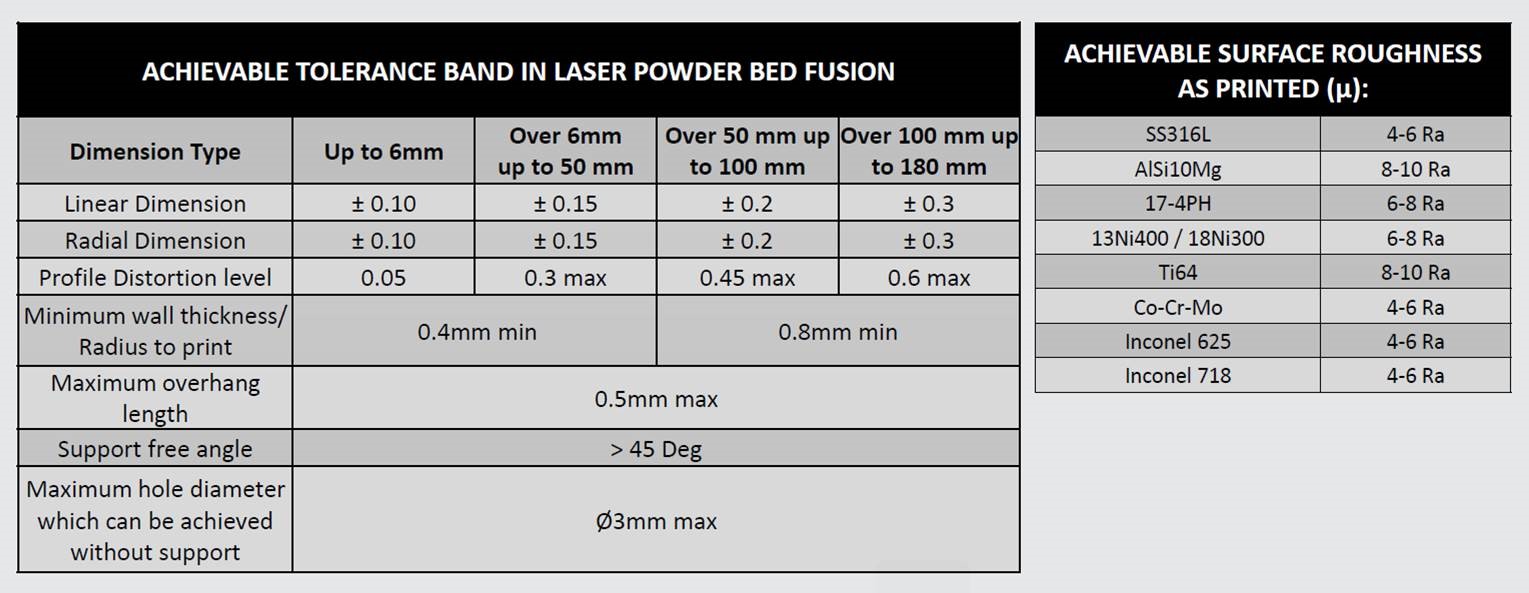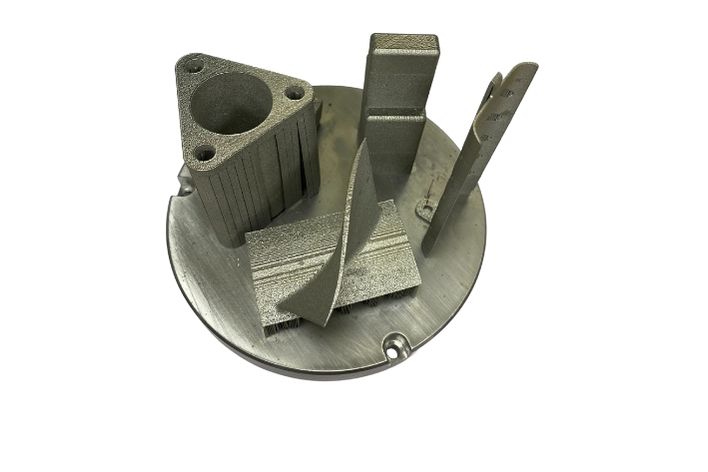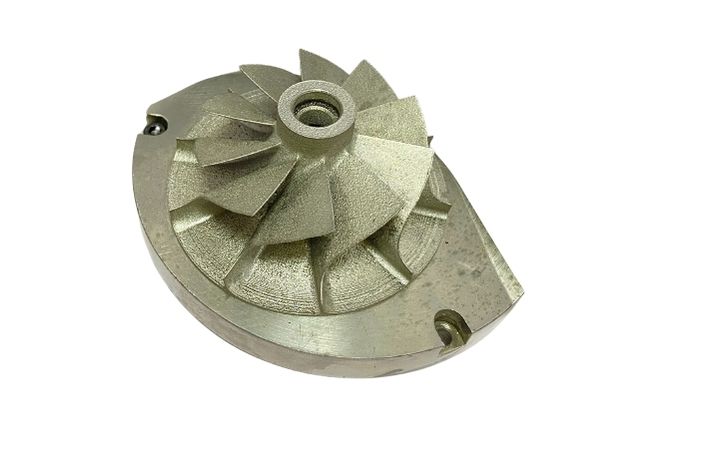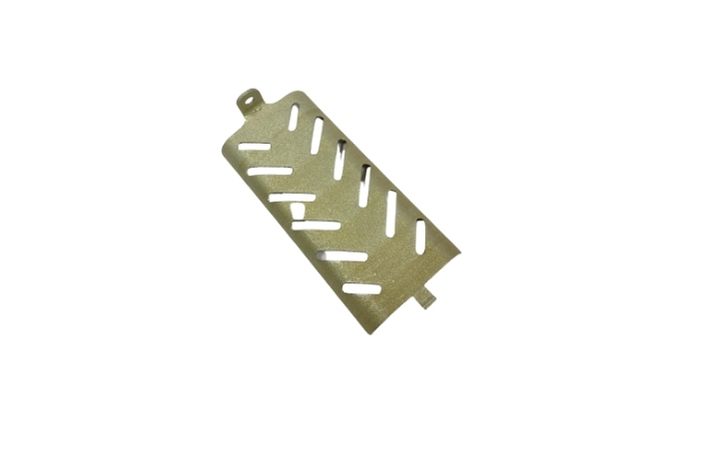LASER POWDER BED FUSION
Hate Expensive Tooling?
Complex parts with intricate internal geometry?
“LASER POWDER
BED FUSION”
Advantages
No upfront tooling
Design changes? No issues!
Reduced Material Wastage
Highly complex geometry feasible, provides 360 degree design freedom
Material properties similar to MIM materials
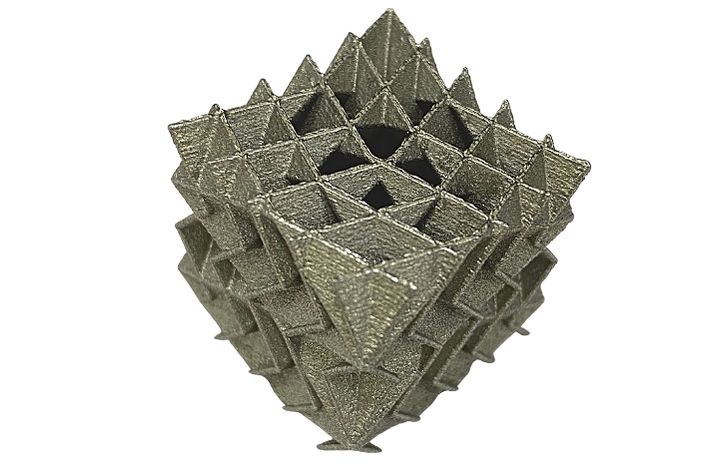
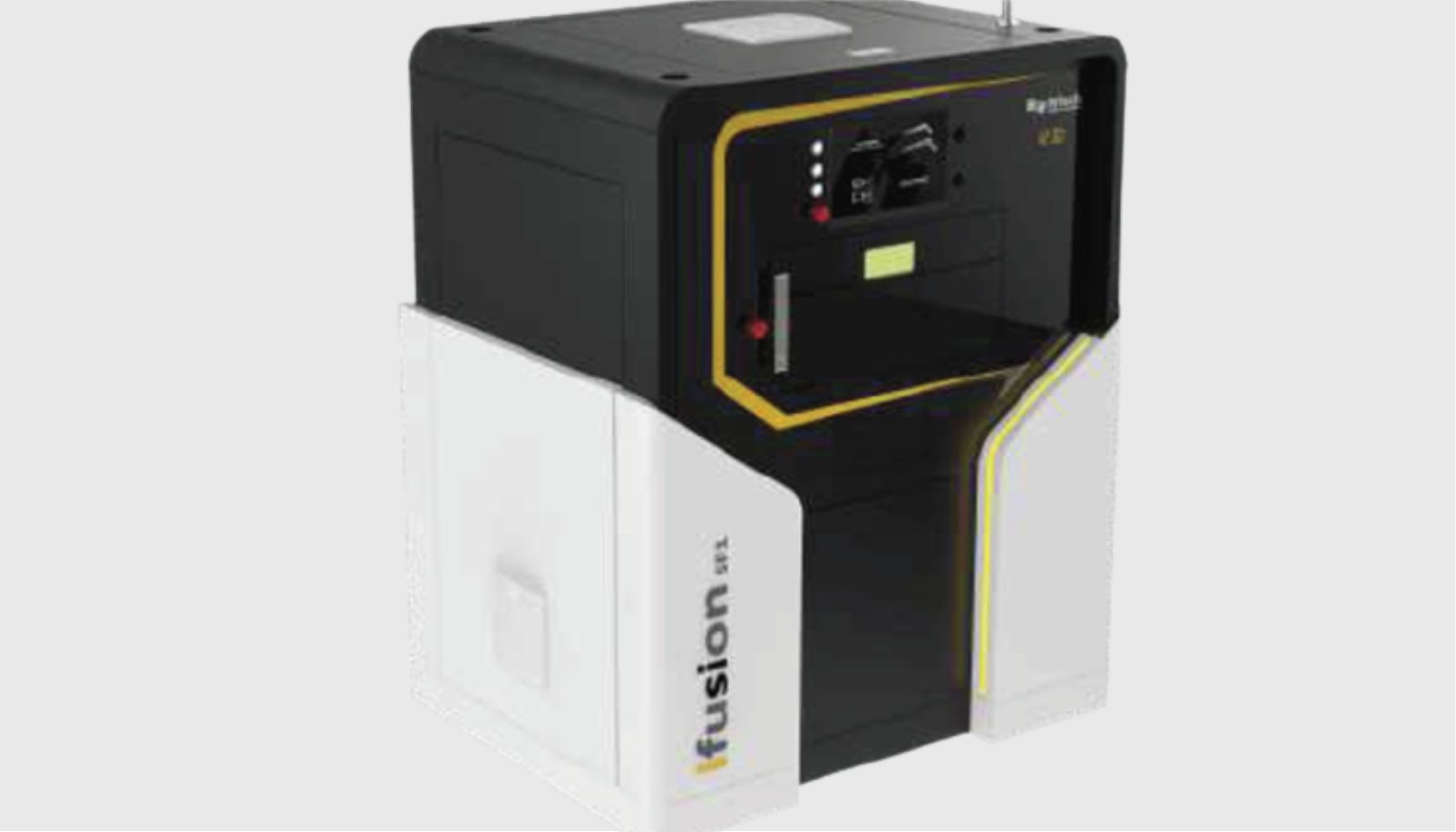
Laser Powder Bed Fusion
Powder bed fusion is one of the most mature metal additive systems and as such, this technology offers the advantage of decades of industry experience. Whether you are designing a new component and need to iterate on designs rapidly or are looking for a more efficient process to manufacture advanced components, PBF can meet your needs
Powder bed fusion offers a wide range of advantages, some of which are listed below. Reduced material waste – Building up the part layer by layer eliminates most of the waste associated with subtractive manufacturing technologies. After the part is complete, any excess powder is collected and recycled.
PBF techniques are often considered slow when compared to other technologies. However, when it comes to complex parts with intricate internal geometry, no other technology can compare.
How does Laser Powder Bed Fusion work?
- Selective Laser Sintering (SLS)
- Selective Laser Melting (SLM)
- Direct Metal Laser Sintering (DMLS)
- Electron Beam Melting (EBM)
Laser Powder Bed Fusion at INDO-MIM
Materials
Currently, the materials supported by us include Inconel (625, 718), Stainless Steel (316L, 410L, 17-4PH), 18Ni300, HK30, Cobalt Chrome Alloys (Co-Cr-Mo, Co-Cr-W-Mo)
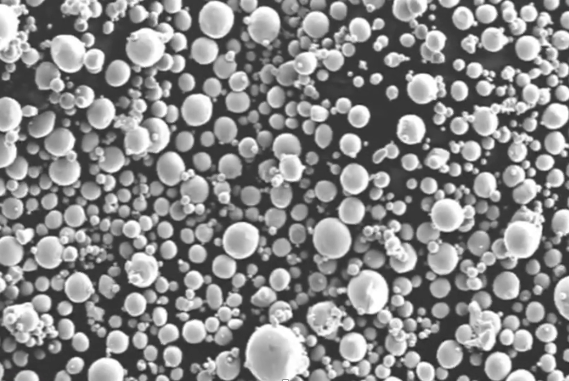

Design Guidelines
- Part weight (maximum) : ~ 28 Kg
- Maximum hole dia without support: 3 mm
- Support Free Angle: >45 degree
